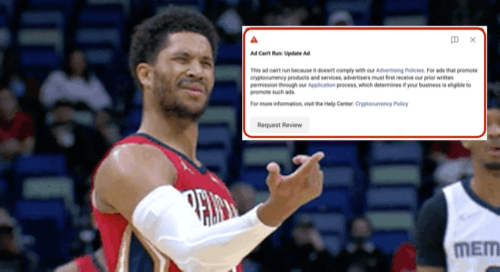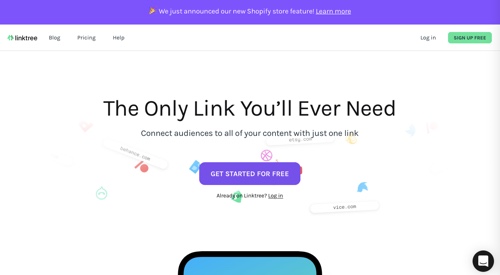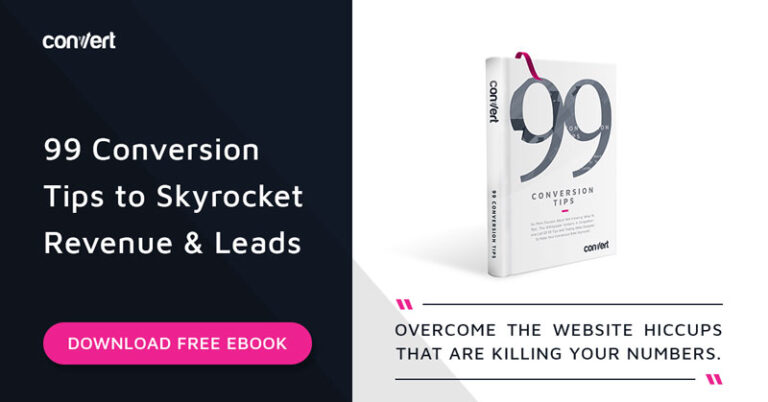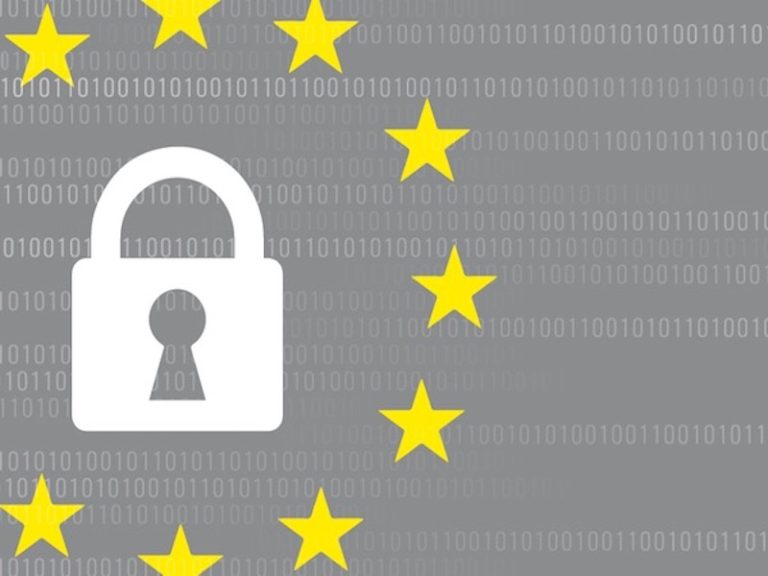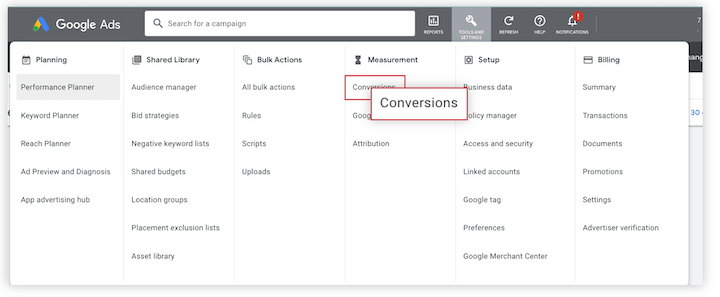
To that end, he referred to a recent campaign by Deciem, owner of skincare brands The Ordinary and Niod. The company promoted a 23%-off offer throughout November but chose to close its stores and website on Black Friday itself. This helped the brand to convey a core sustainability message to its customers that people should consider carefully what they buy and only purchase what they need.
This was the message from Gavin Laugenie, head of strategy and insight at dotdigital, during at presentation at Econsultancy Live.
“You can draw out who you are looking at and start to treat people differently. Has someone recently purchased, do they need nurturing or have they left the fold and need to be brought back?”
He added that the pandemic had reiterated how important it is to nurture data so email communication remains relevant, and that email strategy is connected across channels.
This includes using implicit and explicit data to create unique product and email content for customers. Tips include personalising the subject line so an email stands out in someone’s inbox or using brand icons. Text and images can also be personalised. An email strategy can also employ predictive analytics to pick out most relevant best sellers and most-viewed products.
Watch the Econsultancy Live session, ‘Is This Normal? Using empathy and automation to thrive in 2021 and beyond’, on demand
Laugenie said marketers must unlock the value in the data their organisation holds. This means avoiding data silos and tracking customer preferences online and offline and managing all demographics effectively to obtain a single customer view. He referenced 2015 research from Teradata which found that 87% of marketers consider data to be one of their company’s most underutilised assets.
How to maximise email’s relevance
“If you understand your audience you will see a rise in open rates and clicks in emails and SMS. Speak to people on an individual basis,” said Laugenie.
- Evaluate the sign-up process: Is the process easy and what is the value exchange
- Communicate how the business is changing: Have delivery terms altered? Are certain products no longer available and what is new?
- Drive people to a preference centre: Once someone has subscribed, the preference centre can reveal valuable information about an individual customer who feels empowered, in control and more likely to be engaged.
- Use feedback surveys: Ask your audience how they are doing to ensure the email copy you send out is relevant. Find out in which channels they want to receive communication.
- Think about your different demographics: Consider a customer’s age, location and other personal information.
- Monitor your reporting: You need to understand the behaviour of your subscribers and how that is changing. Maybe someone’s location has altered. Can you adjust marketing personas?
However, Laugenie warned not to neglect the human side of your brand communications strategy.
Research by Aberdeen Group (omnichannel customer care study, 2018) shows that companies that take an omnichannel approach to their customer engagement strategies retain around 89% of their customers compare to 33% of companies with weak strategies.
Laugenie commented: “It is important when using automation to also not lose sight of your identity as a business, so customers can relate to you.”
Research from the DMA in 2019 revealed that email campaigns provide good ROI, with an average return of £42.24 for every £1 spent.
Laugenie’s advice includes:
This year, the channel has “been pivotal for a lot of brands to connect customers in a largely unconnected world at a time when marketing teams have been stretched”, said Laugenie. “We have seen some beautifully timed and crafted email marketing campaigns.”

